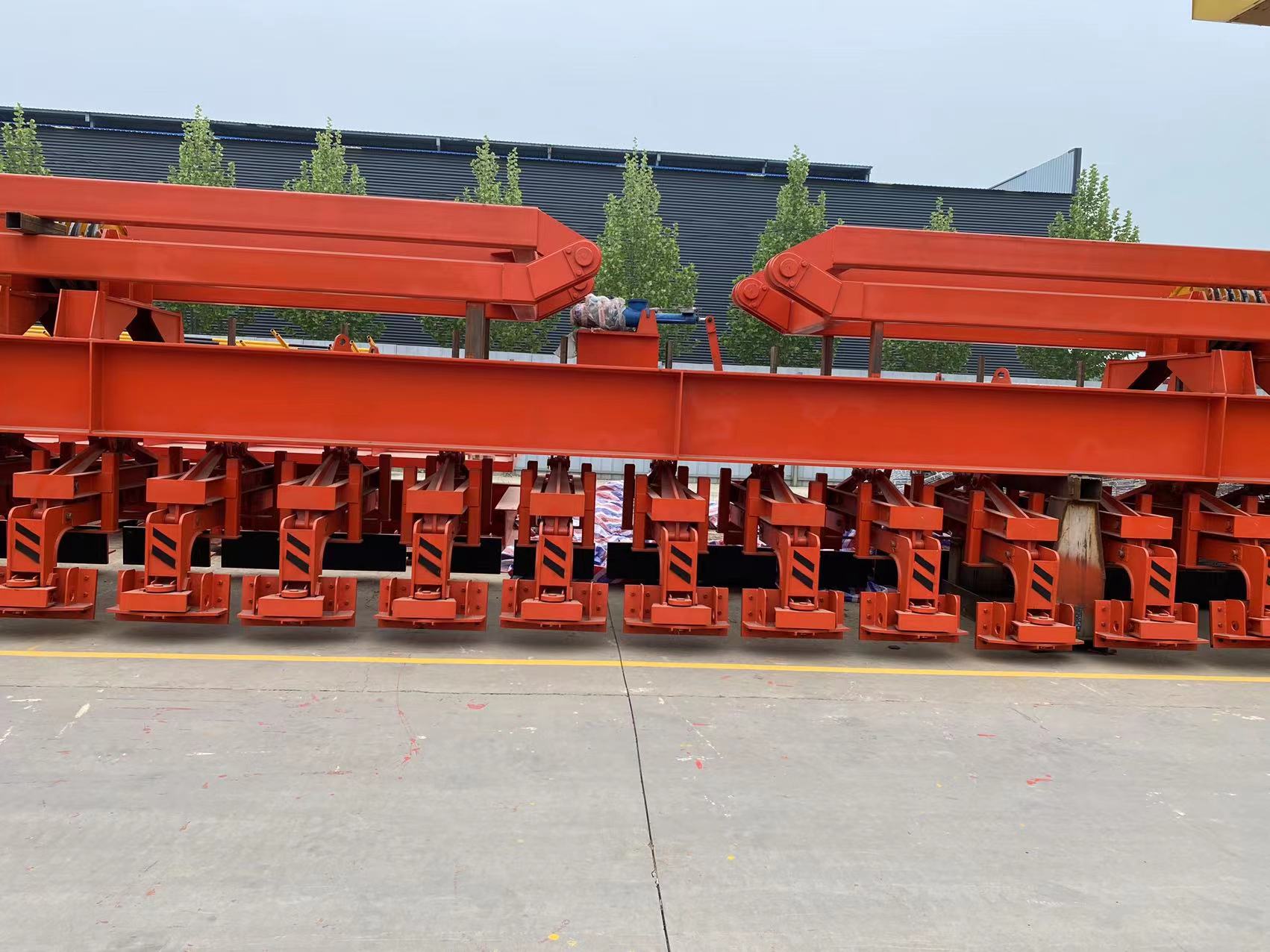Automatic positioning of special crane for electrolytic copper
Taking the special crane for copper electrolysis as an example, in actual production, the coarse positioning accuracy of the trolley and trolley direction needs to reach +20mm (the higher the accuracy is, the better), and then through the mechanical cooperation between the auxiliary lifting appliance of the crane and the groove surface positioning needle, the fine positioning of +21mm can be achieved. Taking the special crane for copper electrolysis as an example, in actual production, the co
Taking the special crane for copper electrolysis as an example, in actual production, the coarse positioning accuracy of the trolley and trolley direction needs to reach +20mm (the higher the accuracy is, the better), and then through the mechanical cooperation between the auxiliary lifting appliance of the crane and the groove surface positioning needle, the fine positioning of +21mm can be achieved. The requirements of lead and zinc electrolysis or electrowinning for positioning accuracy are similar to those of copper electrolysis. The technical difficulty in the above rough and fine positioning lies in the rough positioning of the running direction of the traveling crane. The main reason is that the wheels on both sides of the crane are misaligned during the operation of the crane, and the crane runs fast.

The synchronization error is affected by at least the following factors:
1) Rail Track accuracy, including slope, straightness, span error value and rail surface levelness;
2) Load characteristics of crane drive motor and reducer;
3) The change of trolley position leads to inconsistent wheel loads on both sides;
4) Wheel diameter error. Due to the small distance between the tracks on both sides (generally ~4m), the running speed of the trolley is slow, and the running stroke is short, and the positioning accuracy can reach +5mm.









